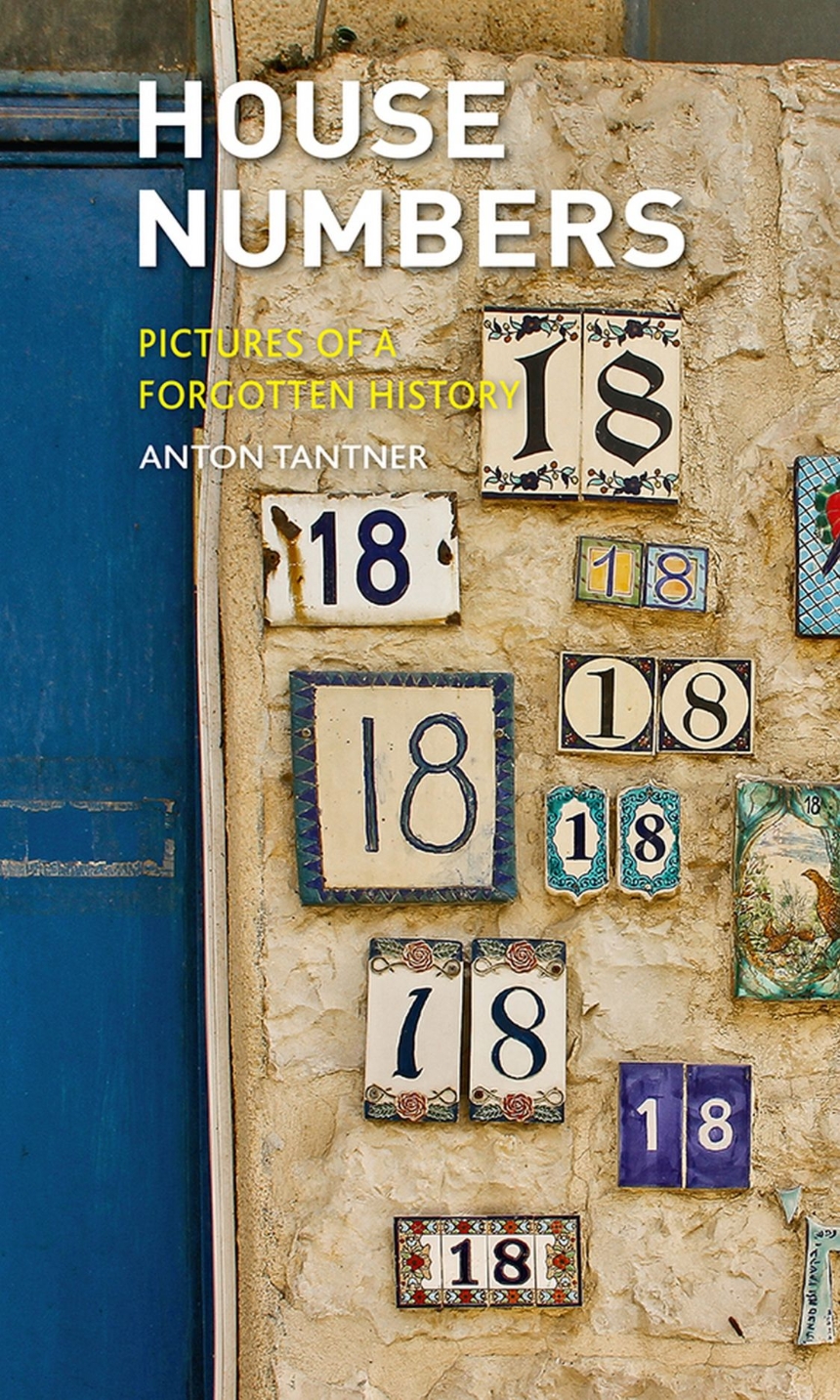Most of us hardly ever think about those ubiquitous things that hang—along with wreaths, light fixtures, and the occasional delivery attempt notice—at our front door: house numbers, our address. Taken for granted in the hustle and bustle of everyday life, house numbers have the crucial burden of organizing the places of the world—and they do it with zero fanfare or appreciation. In this unique illustrated history, Anton Tantner pays long-overdue tribute to those unassuming combinations of digits, showing that house numbers haven’t always existed, and that they have their own interesting history, one he spells out with vivid images from around the world.
As Tantner shows, house numbers started their lives in a gray area between the military, tax authorities, and early police forces. With an engaging style, he moves from the introduction of house numbers in European towns in the eighteenth century, through the spread of the numbering system in the nineteenth century, and on into its global adoption today. He uncovers a contentious past, telling the stories of the many people who have resisted having their homes so systematically ordered. Along the way, his visual journey showcases a surprising diversity of house number displays, visiting historic addresses from the London house on Strand-on-the-Green that is numbered “Nought” to 1819 Ruston, Louisiana.
The result is a story that will forever change the way you see a city, one that elevates the seemingly insignificant house number to an important place in the history of urban planning.
As Tantner shows, house numbers started their lives in a gray area between the military, tax authorities, and early police forces. With an engaging style, he moves from the introduction of house numbers in European towns in the eighteenth century, through the spread of the numbering system in the nineteenth century, and on into its global adoption today. He uncovers a contentious past, telling the stories of the many people who have resisted having their homes so systematically ordered. Along the way, his visual journey showcases a surprising diversity of house number displays, visiting historic addresses from the London house on Strand-on-the-Green that is numbered “Nought” to 1819 Ruston, Louisiana.
The result is a story that will forever change the way you see a city, one that elevates the seemingly insignificant house number to an important place in the history of urban planning.

